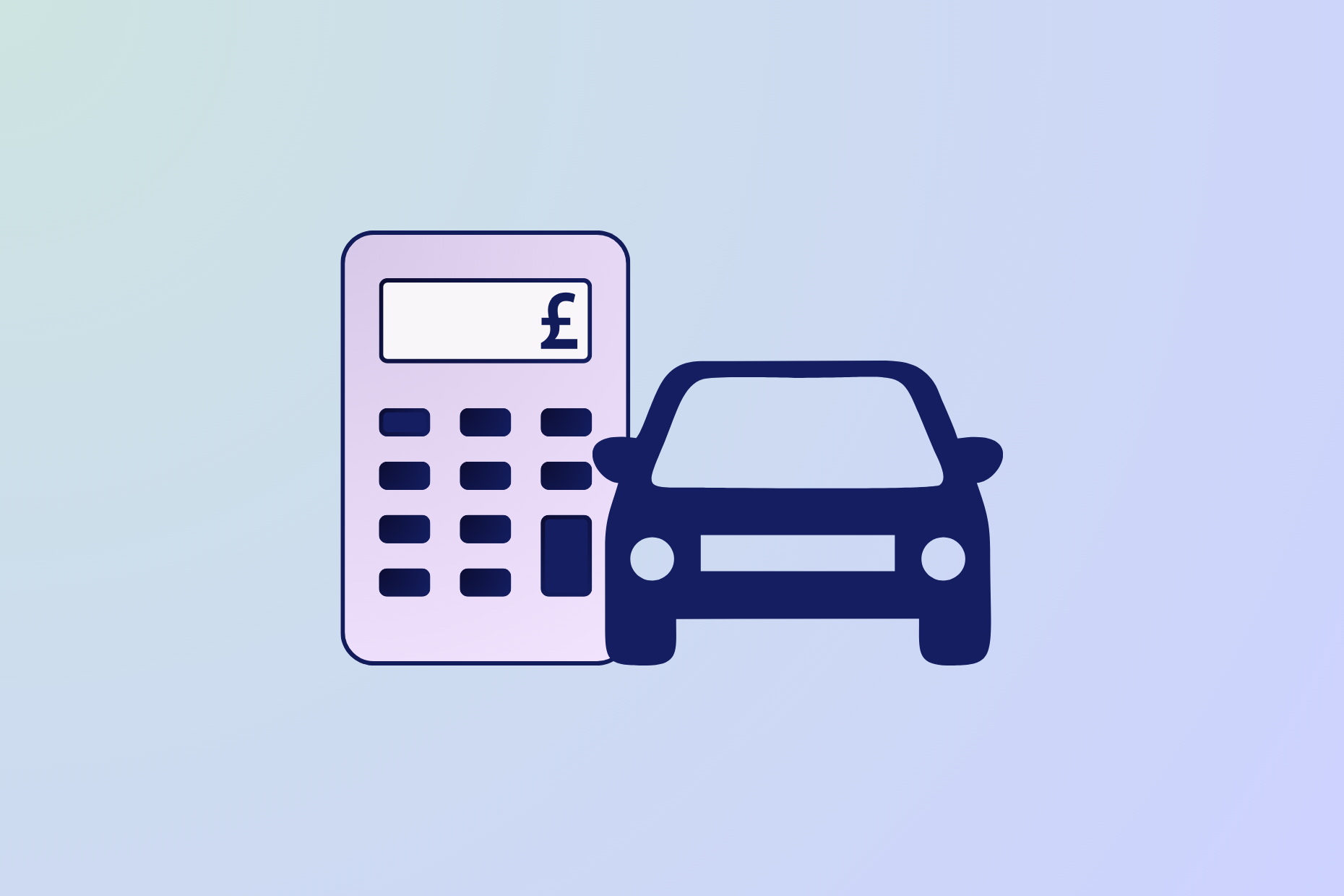.png)

In this article, we will delve deeper into the topic of credit assessment and its importance for financial companies.
We will explore the different types of credit assessment, the key factors that financial companies consider during the credit assessment process, and best practices for optimizing credit assessment processes.
The basics
Credit assessment is the process of evaluating the creditworthiness of an individual or an organization to determine their ability to repay debt. It involves analyzing the borrower's financial history, income, assets, and liabilities to determine the level of risk associated with lending them money.
Credit assessment is crucial for financial companies because it helps them mitigate risk and make informed decisions when lending money. Without proper credit assessment, financial companies run the risk of lending money to individuals or organizations that may not be able to repay the debt, resulting in financial losses.
Types of Credit Assessment
Credit assessment can be performed in various ways, each with its own set of advantages and disadvantages. Here are some of the most common types:
- Traditional Credit Assessment:
This type of credit assessment is based on a borrower's credit history, payment patterns, and financial statements. The assessment involves analyzing the borrower's credit score, payment history, current debts, and credit utilization ratio. Traditional credit assessment is often performed by banks and other financial institutions.
- Behavioral Credit Assessment:
Behavioral credit assessment uses data on the borrower's behavior and habits to determine their creditworthiness. This approach involves analyzing factors such as social media activity, online purchases, and other non-financial data to gain insight into the borrower's character and reliability.
- Alternative Credit Assessment:
Alternative credit assessment involves the use of non-traditional data sources such as rent payment history, utility bills, and other data points to assess a borrower's creditworthiness. This approach is particularly useful for borrowers who may not have an extensive credit history or have limited access to traditional credit sources.
Want to see Uniify in action?
Advantages and Disadvantages
Each type of credit assessment has its advantages and disadvantages.
- Traditional Credit Assessment:
Traditional credit assessment is widely used and familiar, but it may not be the best fit for all borrowers.
- Behavioral Credit Assessment:
Behavioral credit assessment can provide unique insights into a borrower's personality and habits, but it may not be as reliable as traditional credit assessment.
- Alternative Credit Assessment:
Alternative credit assessment can be useful for borrowers with limited credit histories, but it may be less accurate than traditional methods.
Key Components of Credit Assessment
Credit assessment is a process of evaluating a borrower's creditworthiness and their ability to repay their debt. This section will focus on the key components that make up a credit assessment.
The four main components of a credit assessment are credit history, capacity, collateral, and conditions. Each of these components is important in determining the overall creditworthiness of a borrower.
- Credit History:
A borrower's credit history is a record of their borrowing and payment behavior. It includes information on any loans, credit cards, or other debts that the borrower has had in the past. Lenders use credit history to evaluate a borrower's reliability and ability to make payments on time.
- Capacity:
Capacity refers to a borrower's ability to repay their debt. This includes their income, employment history, and other financial obligations. Lenders evaluate a borrower's capacity to ensure that they can afford to make their loan payments.
- Collateral:
Collateral is something of value that a borrower pledges as security for a loan. If the borrower is unable to repay the loan, the lender can seize the collateral to cover the outstanding debt. Collateral can include real estate, equipment, or other assets.
- Conditions:
Conditions refer to the specific terms and conditions of a loan, including the interest rate, repayment period, and other fees. Lenders consider the conditions of a loan to ensure that it is a viable option for both the borrower and the lender.
By considering all of these components, lenders can make informed decisions about a borrower's creditworthiness and ability to repay their debt.
Challenges in Credit Assessment
By following these practices, you can ensure that your assessment process is efficient, accurate, and effective.
Credit assessment processes can face a variety of challenges that can impact their effectiveness.
Some common challenges include:
- Inconsistent Data:
Inconsistent or incomplete data can make it difficult to accurately assess a borrower's creditworthiness. This can be caused by errors in data entry or differences in the way different credit reporting agencies report data. Implementing a data verification process and using reliable data sources can help address this challenge.
- Fraud:
Fraudulent activity can pose a significant challenge for lenders when conducting credit assessments. Fraudulent activities such as identity theft or falsified documents can lead to inaccurate assessments and increase the risk of default. Using advanced fraud detection technologies and implementing strict verification processes can help mitigate this challenge.
- Outdated Processes:
Outdated processes can also pose a challenge for lenders when conducting credit assessments. Legacy systems, manual processes, and the use of multiple platforms can slow down the assessment process and make it difficult to keep up with changes in the industry. Uniify's unified API can help modernize and streamline your credit assessment processes, enabling you to make more informed and timely lending decisions.
- Compliance:
Compliance with regulatory requirements is another challenge that financial companies face when conducting credit assessments. Keeping up with changes in regulations and ensuring that all requirements are met can be a daunting task. Uniify can help ensure compliance by providing a comprehensive solution that meets regulatory requirements and provides secure access to all the data you need.
Credit Assessment Best Practices
By addressing these challenges and implementing effective solutions, financial companies can ensure that their credit assessment processes are accurate and reliable, allowing them to make informed lending decisions.
- Verify Data:
To conduct a thorough credit assessment, it's important to ensure that the data being used is accurate and up-to-date. This includes verifying the borrower's identity, employment, income, and other financial information. Inaccurate or incomplete data can lead to inaccurate credit decisions, which can have a significant impact on your business.
- Establish Credit Limits:
Once you have conducted a credit assessment, it's important to establish appropriate credit limits for each borrower. This helps to ensure that the borrower is not taking on too much debt and can repay the loan promptly. Establishing appropriate credit limits is a key component of responsible lending.
- Monitor Creditworthiness:
Creditworthiness can change over time, so it's important to monitor it regularly. This can include reviewing credit reports, financial statements, and other relevant information. Monitoring creditworthiness allows you to identify any changes that may impact a borrower's ability to repay a loan.
Real-life examples of these best practices being implemented successfully include financial companies using advanced data analytics to verify and analyze borrower data, as well as using automated processes to establish credit limits and monitor creditworthiness.
Take Your Credit Assessment Process to the Next Level with Uniify
At Uniify, we understand the importance of conducting thorough credit assessments to ensure accurate risk analysis for lending decisions. Our unified API offers a streamlined and efficient process for conducting KYC checks, with secure access to all the data you need in a consistent format. Discover all our integrations here.
Are you ready to streamline your credit assessment process and make informed lending decisions?
With our solution for credit assessment, you can receive financial data from reliable sources and make credit decisions in seconds, while also having the ability to easily maintain and adjust your cases. With Uniify, financial companies can optimize their credit assessment process, make informed lending decisions, and mitigate the risk of default.
Don't let outdated processes and the hassle of managing multiple platforms hold you back - reach out to our team today to learn more about our comprehensive credit assessment solution.




.png)
